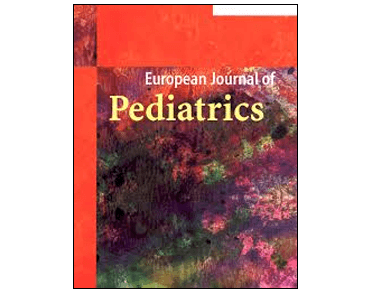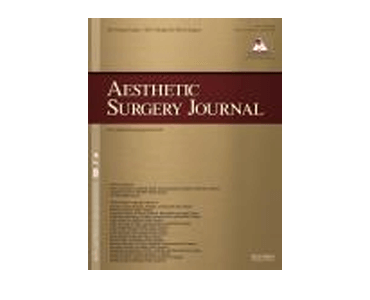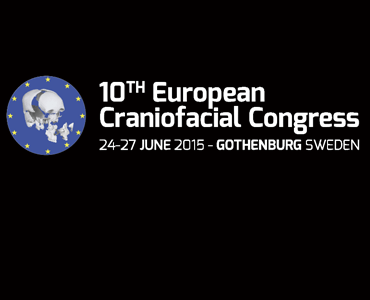Preventing deformational plagiocephaly through parent guidance: a randomized, controlled trial. H Aarnivala, V Vuollo, V Harila, T Heikkinen, P Pirttiniemi, AM Valkama.
Date: September 2015. Source: European Journal of Pediatrics, 174(9):1197-208. Abstract: Deformational plagiocephaly (DP) occurs frequently in otherwise healthy infants. Many infants with DP undergo physiotherapy or helmet therapy, and ample treatment-related research is available. However, the possibility of preventing DP has been left with little attention. We sought to evaluate the effectiveness of intervention in the…









